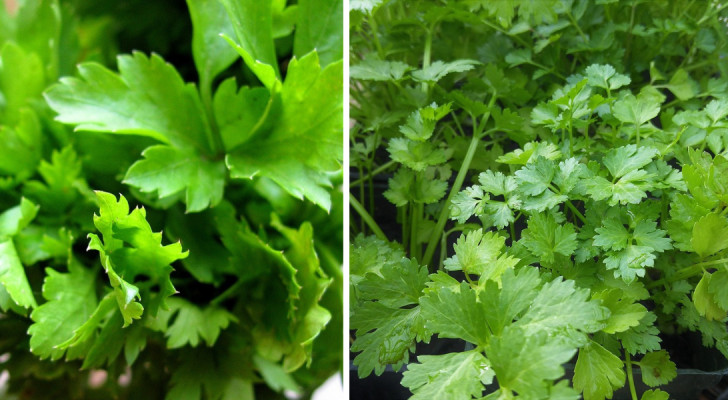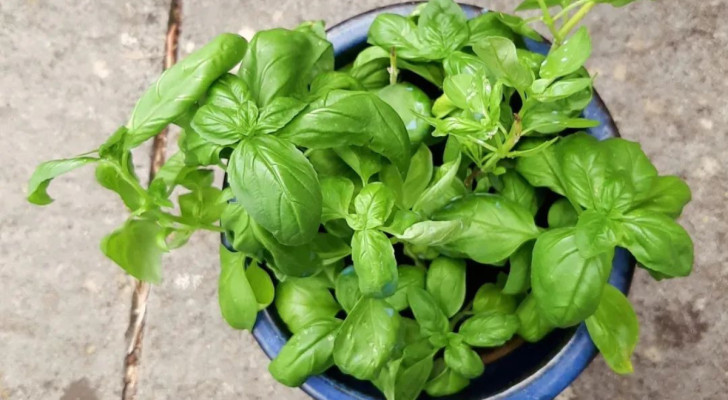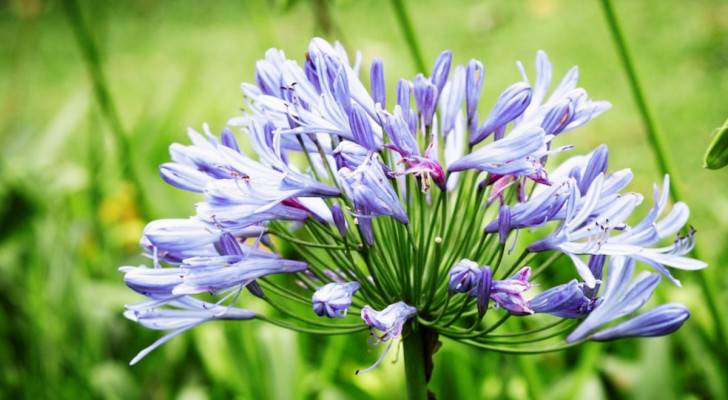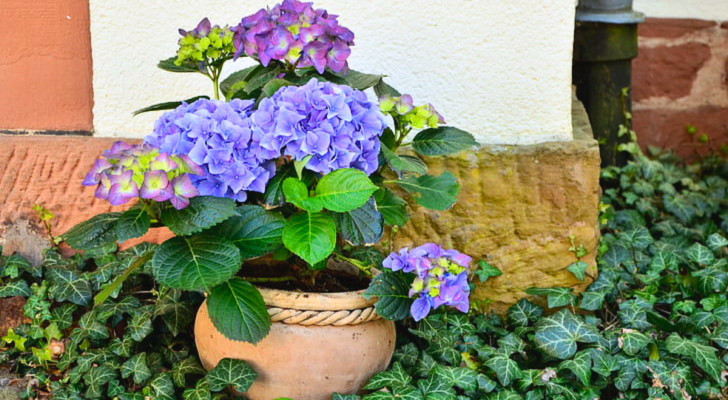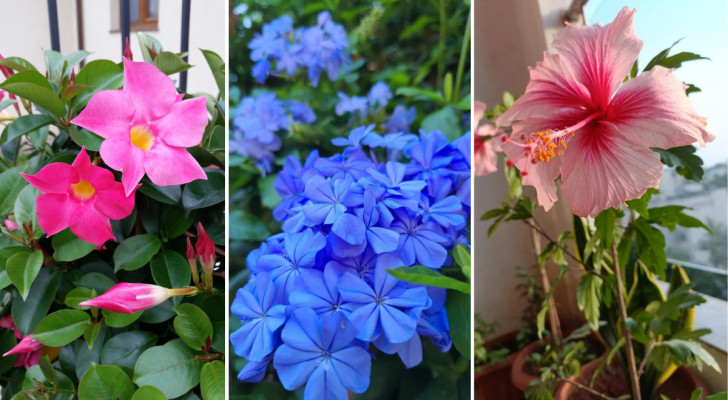White spots on the leaves of your sage plants? Find out why and how to treat this condition

A much-loved plant used in kitchens around the world, sage is one the herbs that is most commonly grown at home. That said, it is not uncommon for white spots to be seen forming on the leaves of sage. So what are these white spots and how can they be dealt with? Are they a health risk (to you and/or the plant)? And can you eat sage that is affected by this pathology? Let's find out:
What are the white spots that sometimes appears on sage
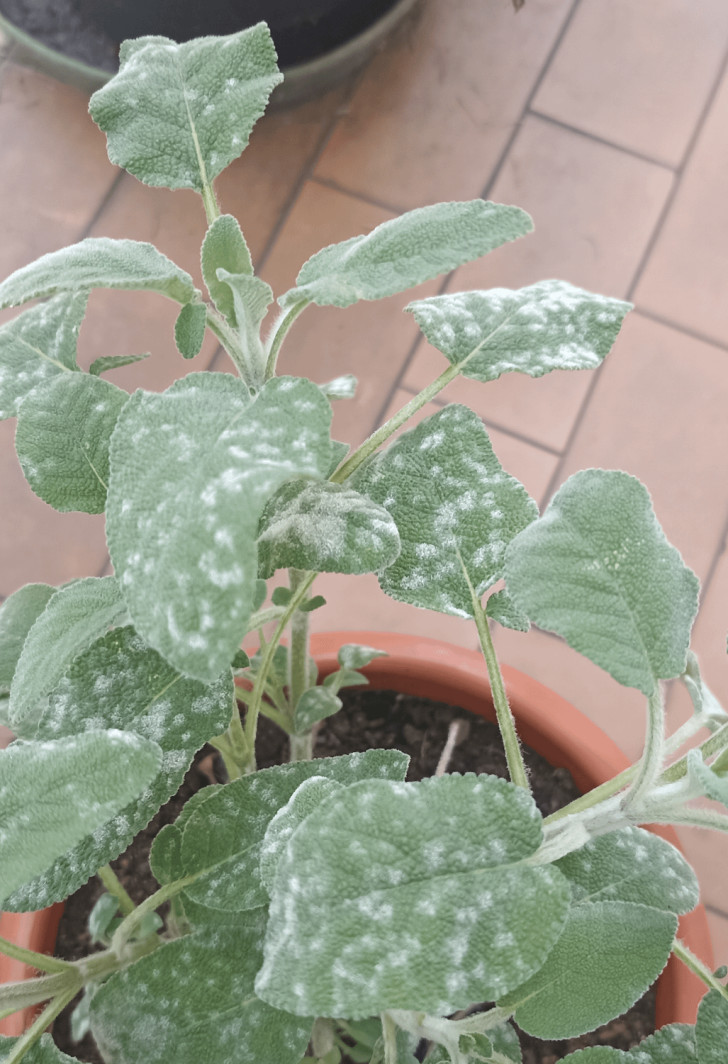
White spots on your sage means you are dealing with a fungal disease known as powdery mildew (also commonly called "white disease"). This fungus affects various types of plants and sage is particularly vulnerable to it. Powdery mildew is cause by fungi belonging to the Erysiphe and Podosphaera families.
The most obvious symptom of fungal infection is the appearance of a white, powdery mold that appears on the leaves or shoots of your sage. Over time, the leaves may also become deformed, yellow and dry.
Powdery mildew is sometimes also referred to as a "fair-weather fungus" because the factors that favor its onset are the hot, dry climates that also have dew settling during the nightime hours. In these conditions, it is easier for powdery mildew to form on plants. Other factors that can affect the appearance of this mildew are excessive use of nitrogen-based fertilizers and poor ventilation around the plant.
How to treat sage that has powdery mildew
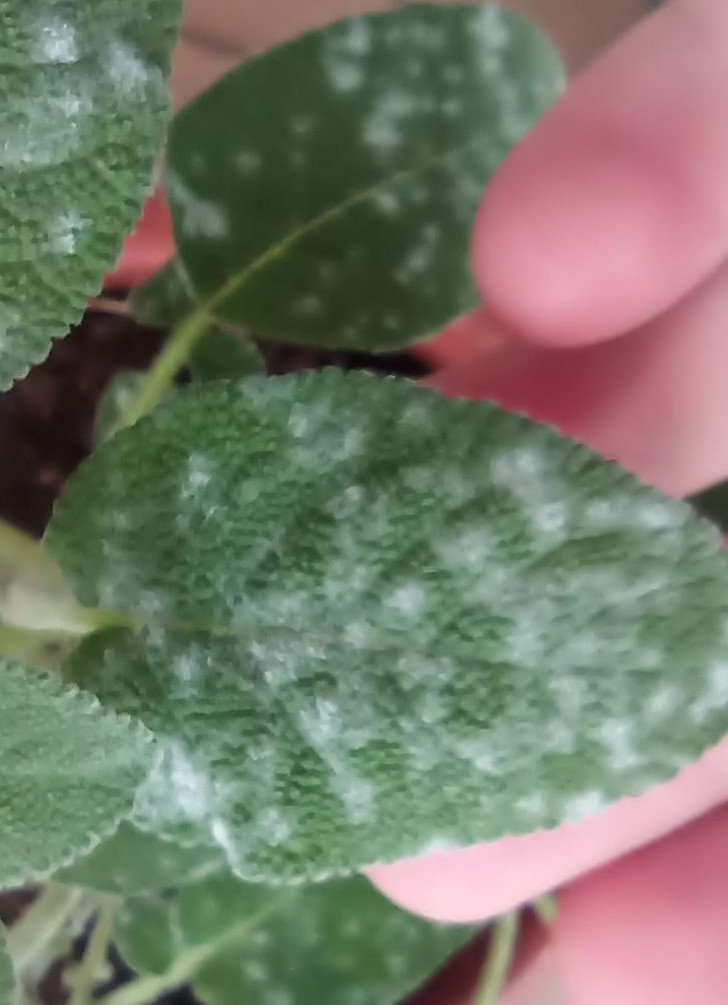
Here's the most famous of DIY treatments for powdery mildew: milk and/or baking soda sprays. For the former, dilute a little milk in a lot of water and spray it on the leaves of your sage plant every two weeks. Alternatively, make a spray using baking soda (two tablespoons) diluted in plenty of water (3.5 litres). Again, use this spray on your sage plants evey two weeks. It should be noted, however, that there are gardeners who claim these remedies are ineffective (and can even make the situation worse!).
So, what other treatment options are there? Well, obviously, a good, commercial, chemical fungicide (like Myclobutanil, for example) would be a more effective, reliable treatment for your infected sage plants.
That said, in order to be able to consume sage once it has been successfully treated, you should choose neem oil, sulfur powder, or even a biological fungicide such as Bacillus subtilis to eliminate powdery mildew. Generally speaking, fungicides that can be used on vegetables - such as some potassium bicarbonate types - can be used.
Always ensure you administer the correct dosage of whatever fungicide product you use (follow the instructions on the packaging).
In short, it is possible to successfully treat (and later eat) the sage you grow, even if it has "fallen victim" to powdery mildew!
